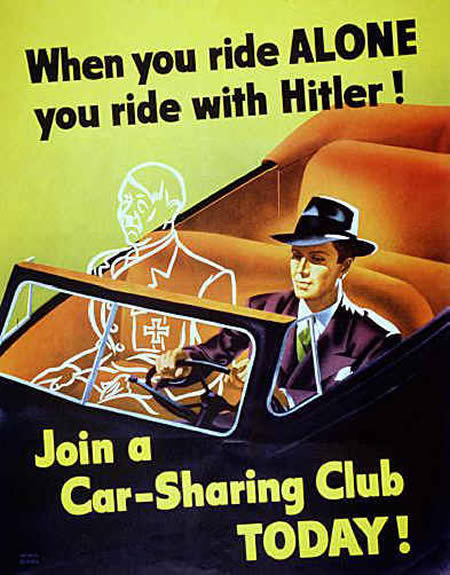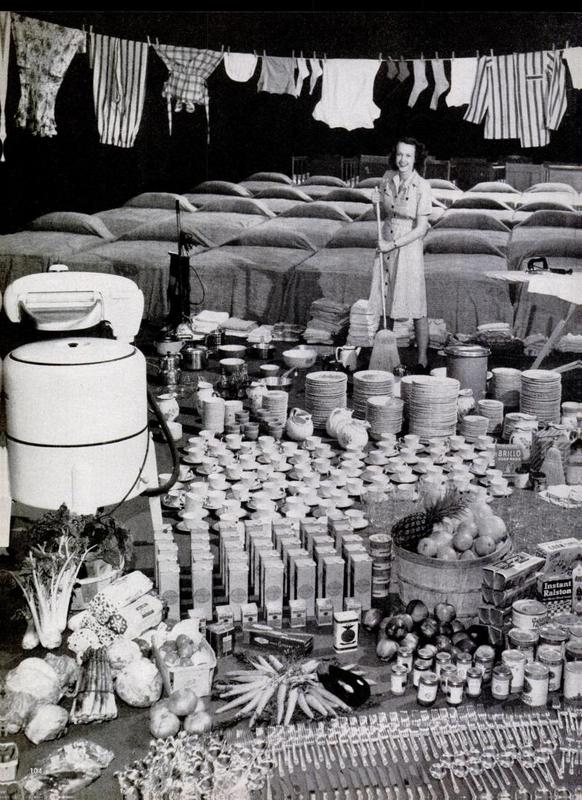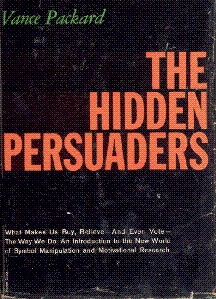Mass Consumption
Mind Control and Mass Consumption
“In the 1920‘s advertising had changed from a focus on the product to a rather psychological approach of creating an atmosphere that was desired by the customer and connected to the product. This constituted a development that was also reflected in the propaganda created by the Department of War during the Second World War. After the end of the war it was widely believed that the employees of the Departement of War simpley crossed over to Madison Avenue and “started manipulating consumer minds”.
-Thomas O'Guinn, Chris T. Allen, and Richard J. Semenik, "Advertising and Integrated Brand Promotion"
"The dozens of things you never bought or even thought of before [...] you are helping to build greater security for the industries of this country... [W]hat you buy and how you buy it is very vital in your new life - and to our whole American way of living."
In 1957 the journalist Vance Packard published his book The Hidden Persuaders exploring the techniques of advertisers to get the people to consume using depth psychology and subliminal tactics. But also the book looked at the strategies of politicians to win electorates.
By the end of the 1950’s over 90% of American households were equipped with a TV set. Not only the advertising industry but also politicians discovered the new intimate access into the homes and the importance of a visual and emotional representation in the minds of the people.
According to Cynthia B. Meyers, during the 1960s counterculture conquered Madison Avenue affecting the “mannerisms and dress of the youth culture as they served their agencies´corporate clients".


